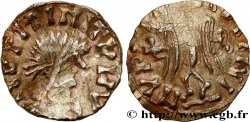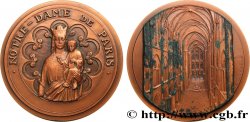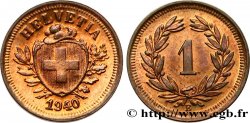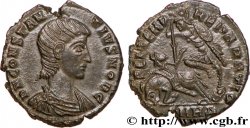bmv_269630 - FRANKISCH KINGDOM OF BOURGOGNE, BURGONDES Triens à la victoire, monograme de GVNDOBALD
недоступный.
Товар уже продан в нашем интернет-магазине (2012)
Цена: : 1 800.00 €
Товар уже продан в нашем интернет-магазине (2012)
Цена: : 1 800.00 €
Тип Triens à la victoire, monograme de GVNDOBALD
Дата: 507-511
Монетный двор / Город: Lyon (?)
Металл: gold
Диаметр: 12,5 mm
Ориентация осей монеты: 6 h.
Вес: 1,44 g.
Редкость: R3
Комментарии о состоянии
Triens intéressant, avec un superbe revers. L’avers est bien identifiable, mais légèrement décentré et frappé avec un coin usé. Revers complet et de frappe vigoureuse avec son brillant de frappe
Ссылки в каталоге: :
Лицевая сторона
Аверс: легенда: D N ANASTA - SIVS PR NC.
Аверс: описание: Buste diadémé, drapé d'Anastase à droite.
Обратная сторона
Реверс: легенда: LÉGENDE DÉGÉNÉRÉE VICTORIAVACVTON // CONOD.
Реверс: Описание: Victoire stylisée, marchant à droite, sur une ligne d’exergue, tenant une couronne et une palme ; le monogramme de Gondebaud dans le champ, devant la victoire.
Комментарий
Les imitations de solidus et de triens au nom d’Anastase sont parmi les premières monnaies considérées comme mérovingiennes. Avec ce monogramme de Gondebaud, cette monnaie est précisément classée et datée.
Selon Wikipedié ; Gondebaud, né avant 455, mort en 516, est roi des Burgondes à partir des années 470, d'abord avec ses frères, Godégisile, Gondemar et Chilpéric, puis seul à partir de 500.
Il s'est efforcé d'unir les Burgondes et les Gallo-Romains et a réussi à créer une entité et une identité commune à ces deux peuples, forgeant un particularisme burgonde, qui se perpétuera même après l'intégration au royaume franc des Mérovingiens, dans le regnum Burgundiae (royaume de Bourgogne ou de Burgondie), à côté de la Neustrie et de l'Austrasie.
The imitations of solidus and triens in the name of Anastasius are among the first coins considered Merovingian. With this monogram of Gondebaud, this coin is precisely classified and dated. According to Wikipedia; Gondebaud, born before 455, died in 516, was king of the Burgundians from the 470s, first with his brothers, Godegisile, Gondemar and Chilpéric, then alone from 500. He strove to unite the Burgundians and the Gallo-Romans and succeeded in creating a common entity and identity for these two peoples, forging a Burgundian particularism, which would continue even after the integration of the Merovingians into the Frankish kingdom, in the regnum Burgundiae (kingdom of Burgundy or Burgundia), alongside Neustria and Austrasia
Selon Wikipedié ; Gondebaud, né avant 455, mort en 516, est roi des Burgondes à partir des années 470, d'abord avec ses frères, Godégisile, Gondemar et Chilpéric, puis seul à partir de 500.
Il s'est efforcé d'unir les Burgondes et les Gallo-Romains et a réussi à créer une entité et une identité commune à ces deux peuples, forgeant un particularisme burgonde, qui se perpétuera même après l'intégration au royaume franc des Mérovingiens, dans le regnum Burgundiae (royaume de Bourgogne ou de Burgondie), à côté de la Neustrie et de l'Austrasie.
The imitations of solidus and triens in the name of Anastasius are among the first coins considered Merovingian. With this monogram of Gondebaud, this coin is precisely classified and dated. According to Wikipedia; Gondebaud, born before 455, died in 516, was king of the Burgundians from the 470s, first with his brothers, Godegisile, Gondemar and Chilpéric, then alone from 500. He strove to unite the Burgundians and the Gallo-Romans and succeeded in creating a common entity and identity for these two peoples, forging a Burgundian particularism, which would continue even after the integration of the Merovingians into the Frankish kingdom, in the regnum Burgundiae (kingdom of Burgundy or Burgundia), alongside Neustria and Austrasia








 Cообщить об ошибке
Cообщить об ошибке Распечатать страницу
Распечатать страницу Отправить мой выбор
Отправить мой выбор Задать вопрос
Задать вопрос Consign / sell
Consign / sell
 Информация
Информация










